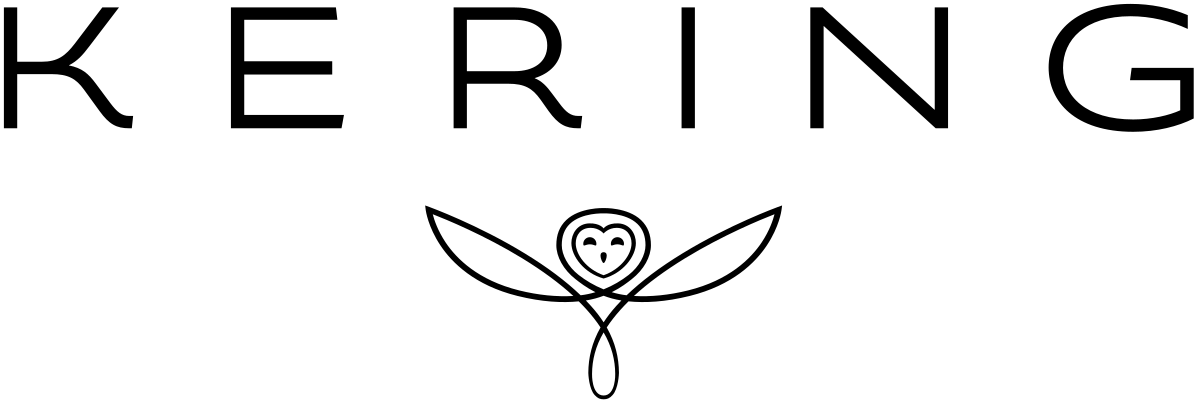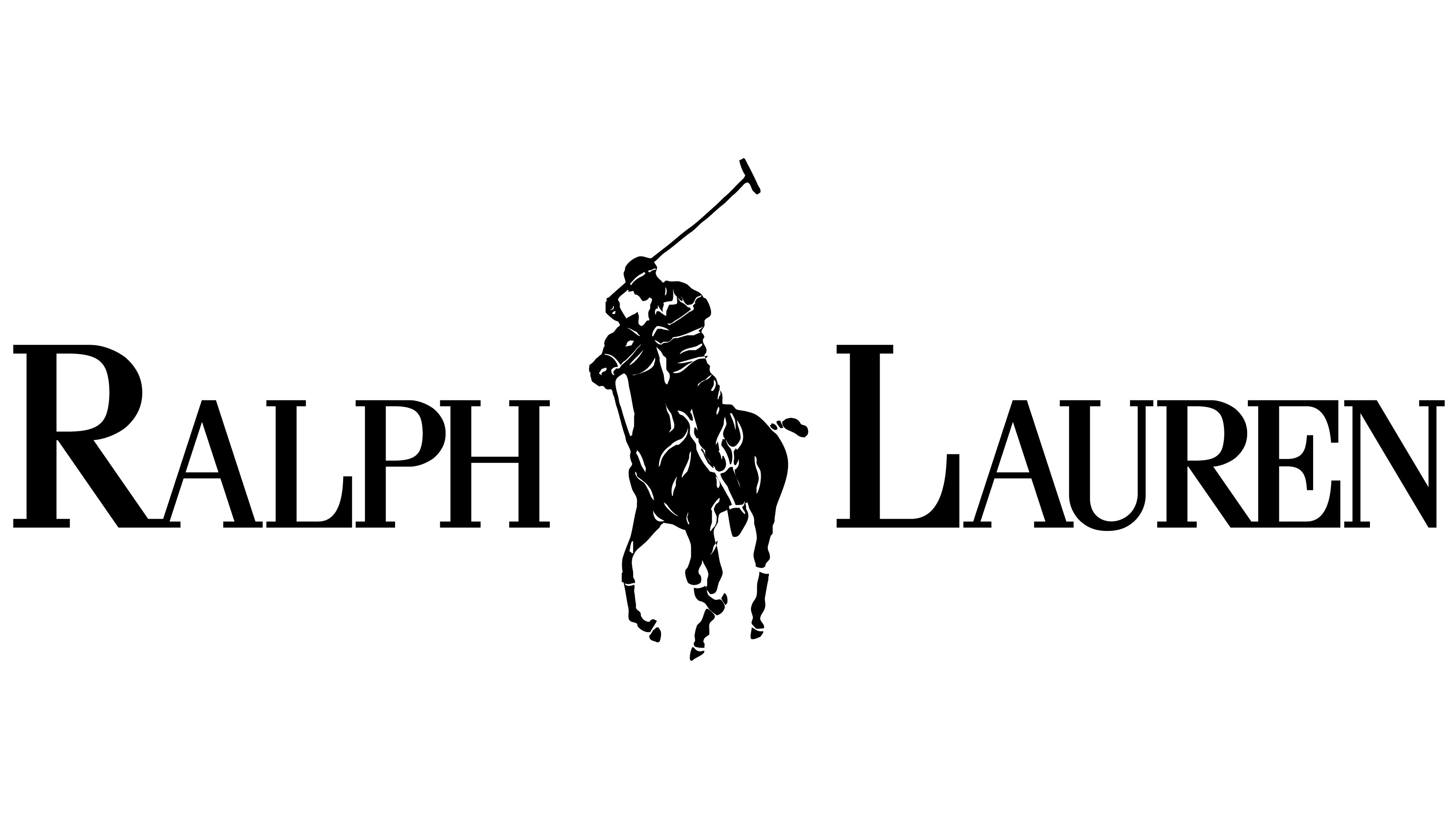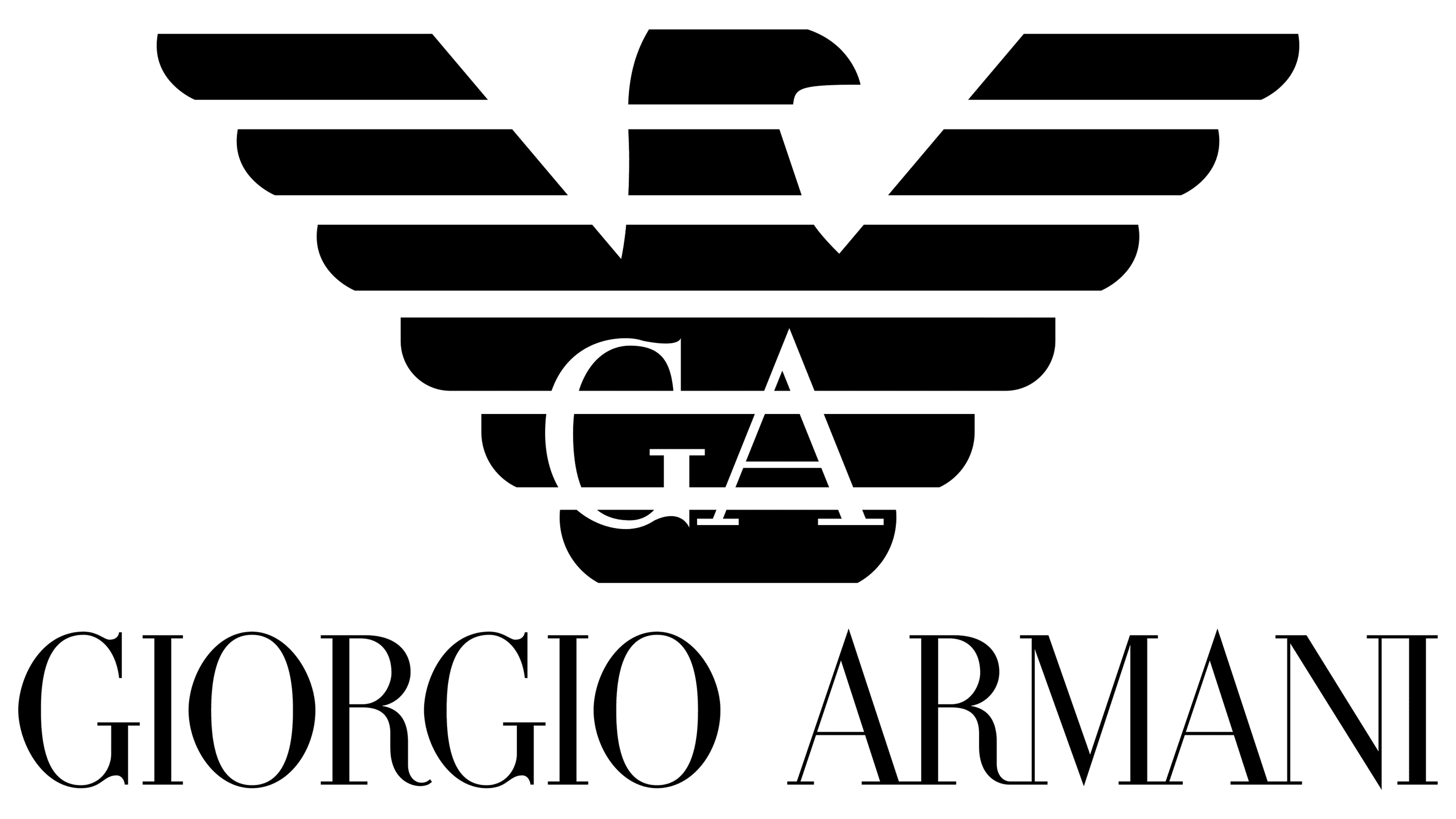
-
Share
Total Score
Emissions
-11.97% decreaseParent company of Gucci, Saint Laurent, Bottega Veneta, Balenciaga
Setting itself as a frontrunner in the luxury fashion world, Kering is the only luxury brand (in the 2023 Scorecard) with a target of 100% renewable energy for its supply chain by 2030. Increasing its supply emission targets, Kering has also shown willingness to advocate for its urgent renewable energy needs with key decision makers. With efforts, Kering reduced purchased goods and services emissions from 2019 to 2021. But since it has not committed to a zero-emission vessel or set any near-term plan to ship its cargo via cleaner methods across its portfolio, its upstream transportation and distribution emissions grew over the same period. Kering needs to scale up its sub-brands’ engagement with suppliers in the renewable energy transition to ensure the entire group keeps in step towards decarbonisation.
Key Findings for Kering
GHG emissions:
Kering has set an emissions reduction target for its own operations of 90% by 2030, which is in line with keeping warming below 1.5°C.
The company has also set an intensity-based emissions reduction target for its supply chain of 70% per unit of value added by 2030, which is equivalent to a 46% absolute reduction according to the company’s CDP disclosure, and still short of the 55% reduction needed.
Renewable energy:
Kering has set a renewable energy target in its own operations of 100% by 2025, which will be a mix of additional to the grid and renewable energy credits.
Kering is one of only a small handful of apparel companies to also set a target of 100% renewable energy for its supply chain by 2030, which is an essential step for decarbonising its manufacturing.
Coal phase out:
As a member of the UN Fashion Charter, Kering has committed to phase out coal-fired boilers from its supply chain by 2030 to reduce air pollution and cut emissions, although it has not yet set a public target.
GHG emissions:
Kering publicly reports GHG emissions in its own operations, and in its supply chain. The company does provide a full breakdown of its Scope 3 emissions.
Energy use:
Kering does publicly report its energy use for its own operations, including a breakdown of its renewable energy use and how that energy is sourced.
For its supply chain, Kering does not publicly report its energy use, it does not provide a breakdown of its suppliers’ renewable energy use and how that energy is sourced.
Suppliers:
Kering does not provide an overall supplier list, although its key brand Gucci publishes its Tier 1 suppliers.
Kering does provide some of its suppliers with training and resources to help them make energy efficiency improvements by engaging 1% of suppliers (25% of supplier emissions) in the Clean by Design program to assess their energy efficiency and propose performance improvement measures. Kering further expanded the program in 2022. Kering does not report providing its major suppliers with financial incentives for energy efficiency measures, and does not require them to make energy savings as a condition of contract.
Kering does not require suppliers to reduce thermal coal demand in their manufacturing processes.
Kering provides some of its suppliers with training and resources to help them transition to renewable energy, utilizing the Clean by Design program led by the Apparel impact Institute. The company does not report providing financial support at the group level, but does report some financial support or incentives to help suppliers make the energy transition from its houses, including Gucci and Intesa Sanpaolo providing small and medium-sized enterprises within the Gucci supply chain facilitated access to loans for sustainable development at better terms. Kering does not require suppliers to use renewable energy as a condition of contract.
Kering does not require its suppliers to set GHG emissions reduction targets or set science-based emissions reduction targets, and does not require suppliers to provide facility level data via the Higg Index and annually report GHG emissions.
Kering has not made any commitments to phase out fossil fuel based materials.
Kering has made a public policy to ban the sourcing of leather from the Amazon Biome or taken measurable steps to ensure that Amazon leather is not contributing to deforestation.
Low-carbon materials:
Kering is investing in innovation to increase closed-loop apparel-to-apparel recycling for synthetics and plant-based materials through its Materials Innovation Lab. Kering has also committed to reduce the impact of its raw materials sourcing by switching to organic cotton or cotton sourced from regenerative agriculture by 2030, including phasing out non-organic cotton and transitioning 1 million hectares of farmland and rangeland to regenerative agricultural practices by 2025, and launching the regenerative fund for nature in 2022.
Increasing circularity:
Kering has committed to improve circularity across its portfolio and released a company-wide circularity ambition statement. Kering has identified brand-specific ways to improve repairability, resale, durability and recyclability, for example offering lifetime aftercare on suits sold by its Brioni brand, but needs to ensure that these are available across its company, and are contributing measurably to reducing production.
Kering publicly reports its material mix and the volume of materials. But not its volume of deadstock or how it manages or disposes of its deadstock to reduce waste, though the company does report policies in place to reduce waste of deadstock material.
Kering reports its shipping emissions annually, includes shipping emissions in its GHG reduction targets, and provides a breakdown of its transportation methods including related GHG emissions.
While Kering does have a policy to prioritise sea freight over aviation in some brands, it does not have a group-wide position. The company does not report having a near-term plan to ship its cargo via cleaner methods across its portfolio, but some brands are taking action to reduce shipping emissions, e.g. Balenciaga acted to reduce freight distances. Overall, it reported a 6.4% increase in its upstream transportation and distribution emission from 2019 to 2021.
Kering has not committed to transitioning to zero emissions vessels (ZEV) by 2030. The company has not used its voice publicly to advocate for Zero Emission Shipping.
Kering has not committed to transitioning its last mile delivery to zero emission vehicles.
Kering founded the Fashion Pact, and was a part of the Pact’s Collective Virtual Power Purchase Agreement (CVPPA) in 2022, seeking to add renewable energy capacity in Europe. The company signed a letter calling on EU leaders to continue their path toward the Paris Agreement target and accelerate their actions to deliver on the Green Deal. However, it is not discernible that Kering engaged in impactful international advocacy to promote renewable energy.
More About Kering
Score 2021
Engagement
Kering provided feedback on the 2023 ScorecardSources
- “Aii Annual Impact Report 2021,” October 2022. https://apparelimpact.org/wp-content/uploads/2022/10/Aii_ImpactReport_2021-2.pdf.
- “Companies Taking Action,”, https://sciencebasedtargets.org/companies-taking-action.
- “Gucci Suppliers 2022,” April 2022. https://equilibrium.gucci.com/wp-content/uploads/2022/04/Gucci_suppliers_2022.xlsx.
- “Kering 2021 Financial Document,” February 17, 2022. https://www.kering.com/assets/front/documents/Kering_2021_Financial_Document_ENG.pdf.
- “Kering 2021 Universal Registration Document,” March 28, 2022. https://www.kering.com/assets/front/documents/Kering_2021_Universal_Registration_Document.pdf.
- “Kering and Bestseller Invest in Vitrolabs and Its Stem Cell-Based Leather,” May 5, 2022. https://ww.fashionnetwork.com/news/Kering-and-bestseller-invest-in-vitrolabs-and-its-stem-cell-based-leather,1402773.html.
- “Kering CDP,” 2020.
- “Kering CDP,” 2021.
- “Kering CDP,” 2022.
- “Kering Circularity Ambition,”, https://keringcorporate.dam.kering.com/m/4188d2a9d3d67c90/original/KERING-CIRCULARITY-AMBITION.pdf.
- “Kering Climate Strategy 2021,” July 2, 2021. https://keringcorporate.dam.kering.com/m/3832efa4c93e4a96/original/KERING_ClimateStrategy2021.pdf.
- “Kering Environmental Profit and Loss Report 2021,” April 27, 2022. https://keringcorporate.dam.kering.com/m/5edba9133d460b06/original/Kering-Environmental-Profit-and-Loss-Report-2021-EN-Only.pdf.
- “Kering Standards for Raw Materials and Manufacturing Processes,” 2018. https://keringcorporate.dam.kering.com/m/533afe4631e39610/original/kering_standards.pdf.
- “Kering Standards: Standards & Guidance for Sustainable Production,” 2022. https://keringcorporate.dam.kering.com/m/5eeab5246f5ae85c/original/Kering-Standards-V5.pdf.
- “Kering’s Response to the CDP Climate Change 2022 Questionnaire 002,”, https://keringcorporate.dam.kering.com/m/329fe9c64860988e/original/Kering-s-response-to-the-CDP-Climate-Change-2022-questionnaire-002.pdf.
- “Our 2021 EP&L Results,”, https://kering-group.opendatasoft.com/pages/report/.
- “Stage 1: Avoid Any Negative Impacts on Biodiversity,”, https://www.kering.com/en/sustainability/safeguarding-the-planet/biodiversity-strategy/stage-1-avoid/.
- “The Fashion Pact Announces New Initiatives on Climate and Beyond,” December 8, 2022. https://www.voguebusiness.com/sustainability/the-fashion-pact-announces-new-initiatives-on-climate-and-beyond.












